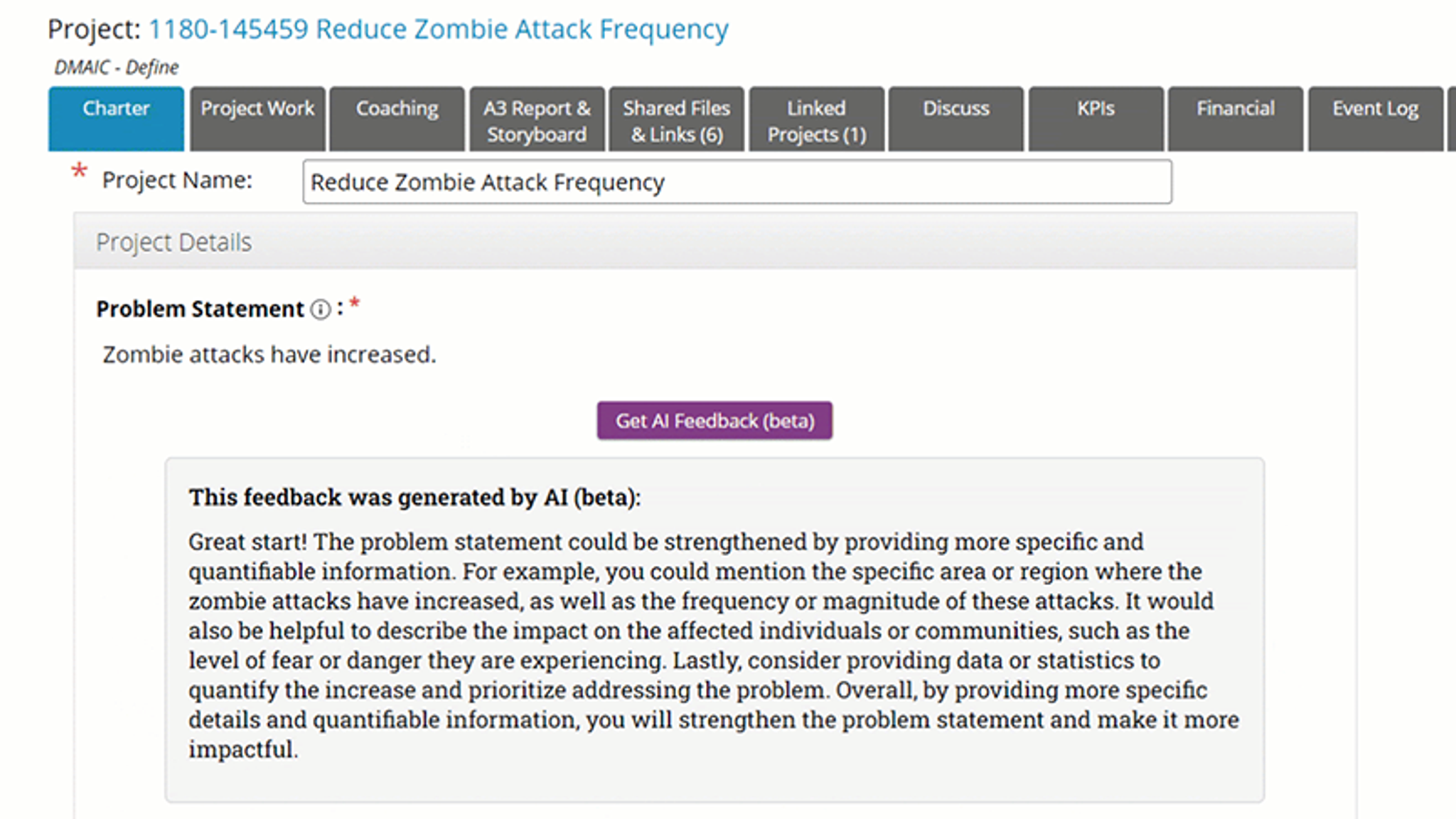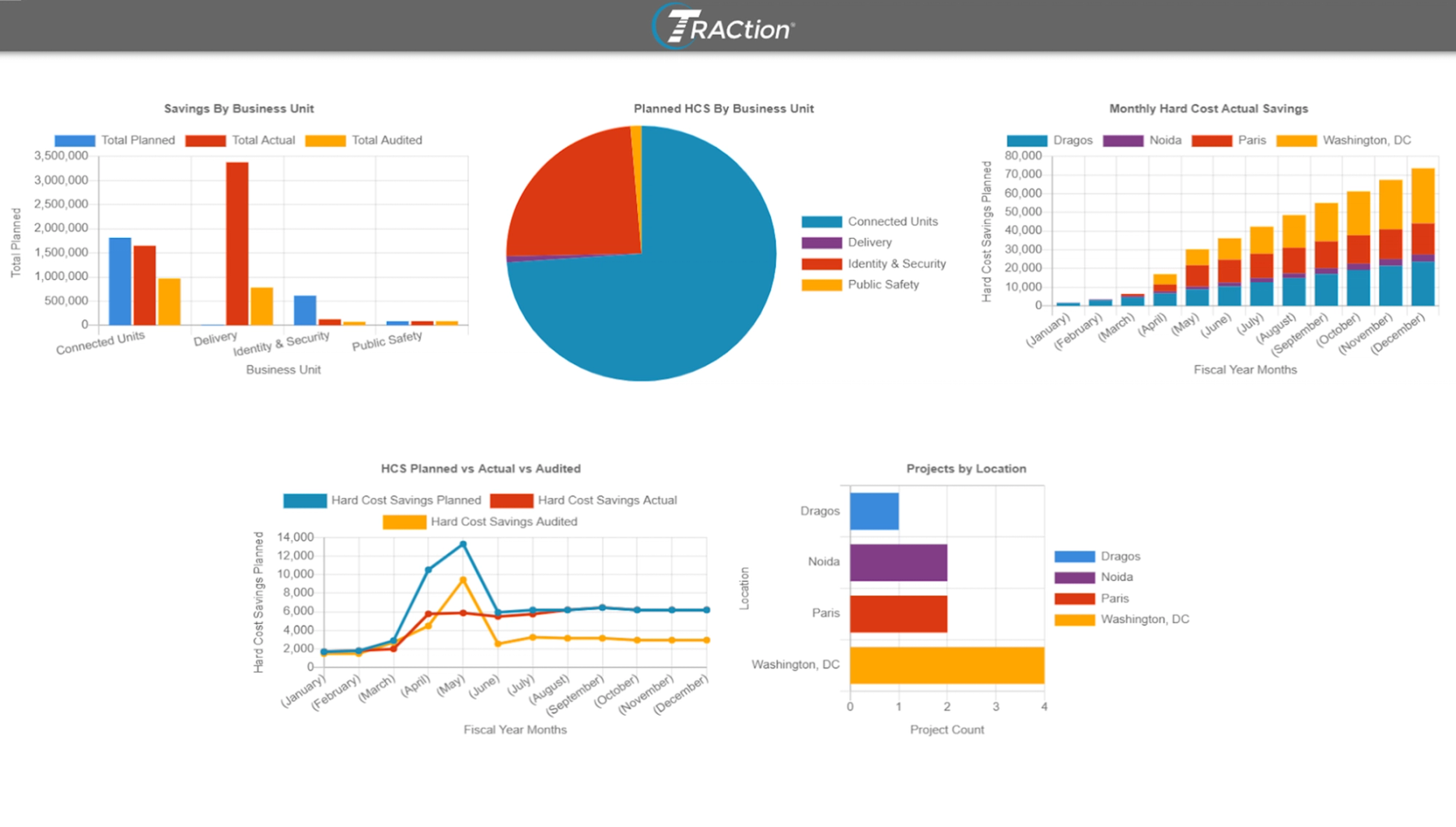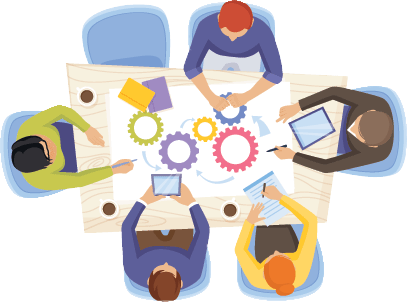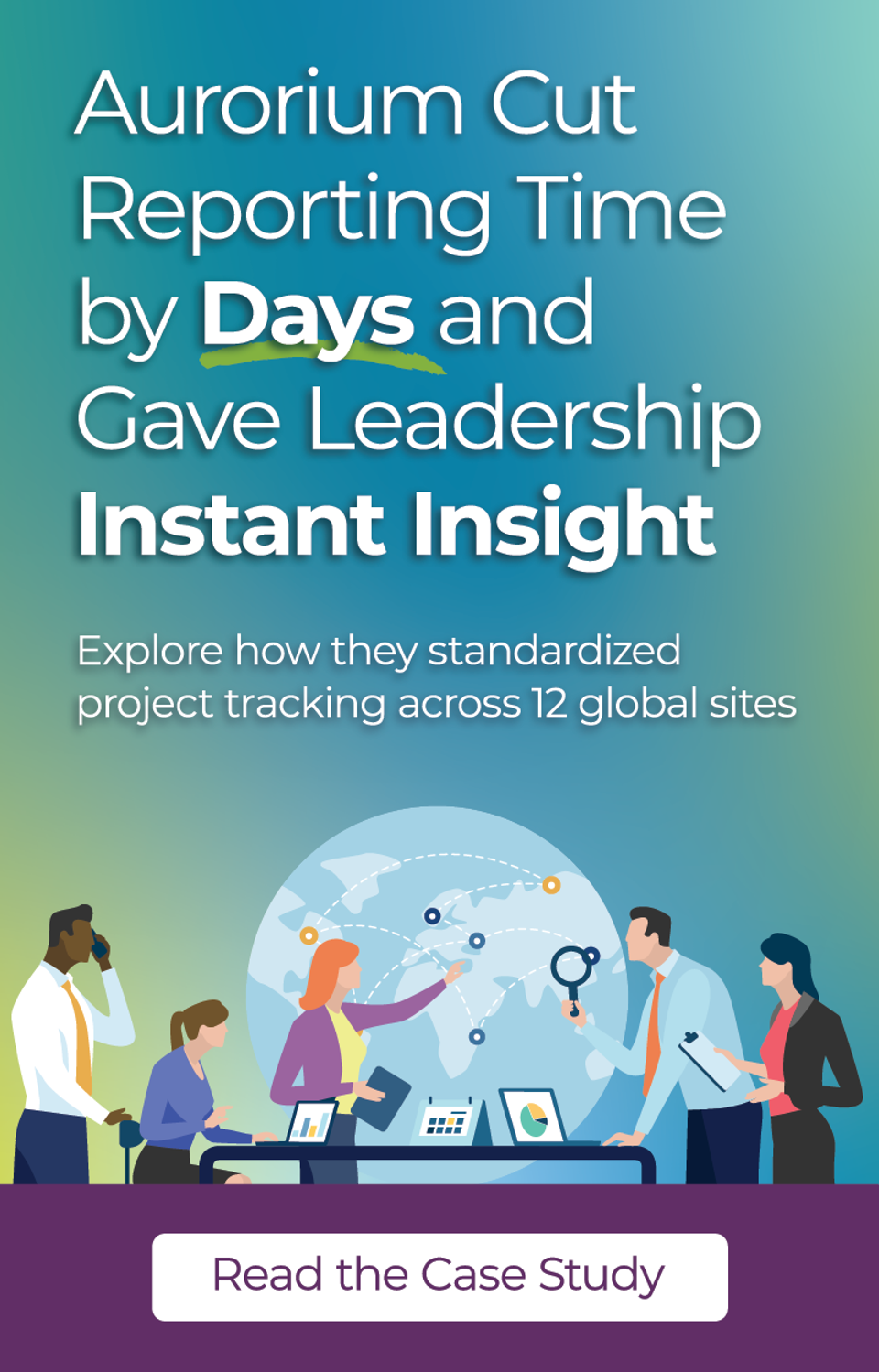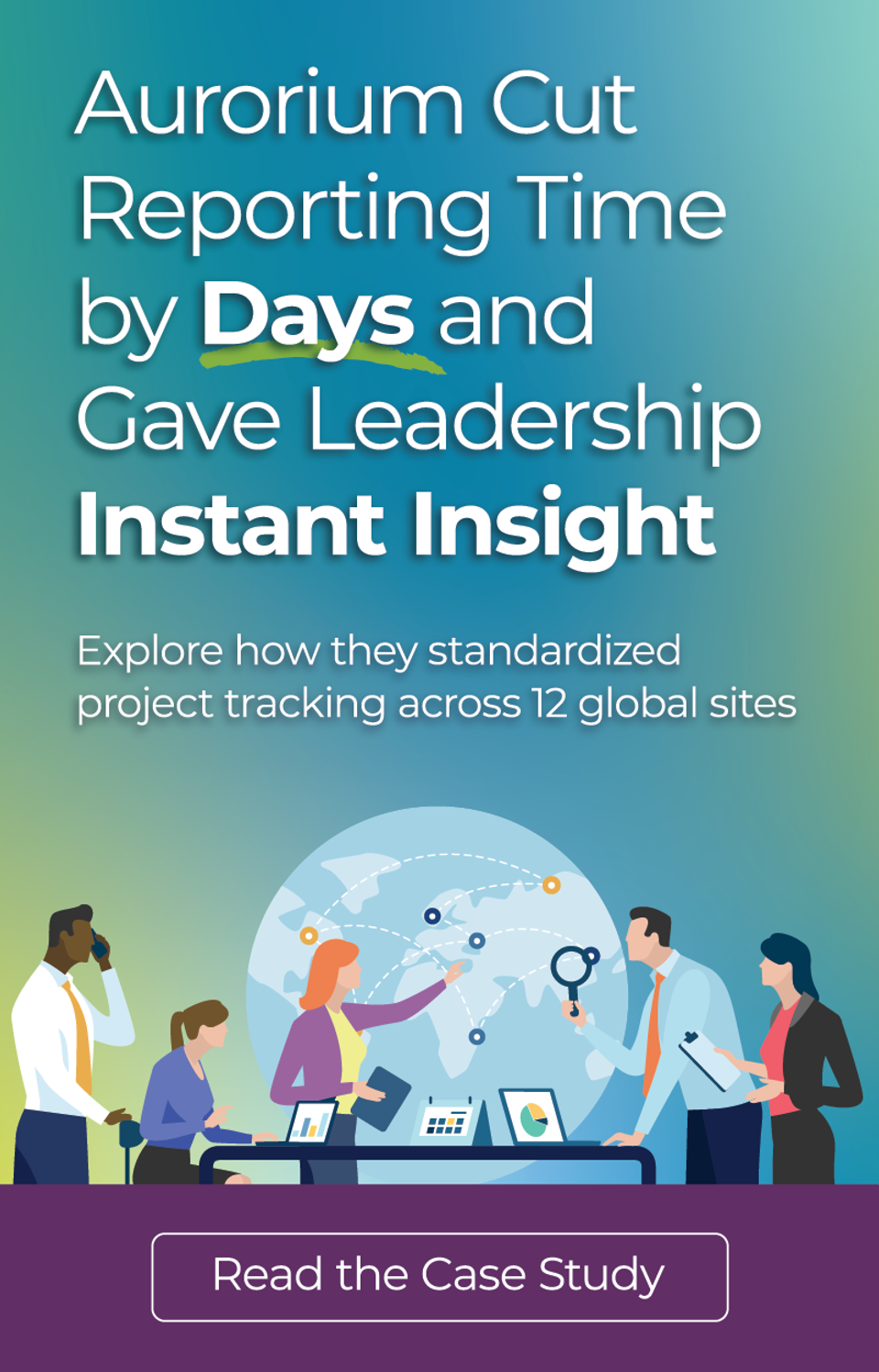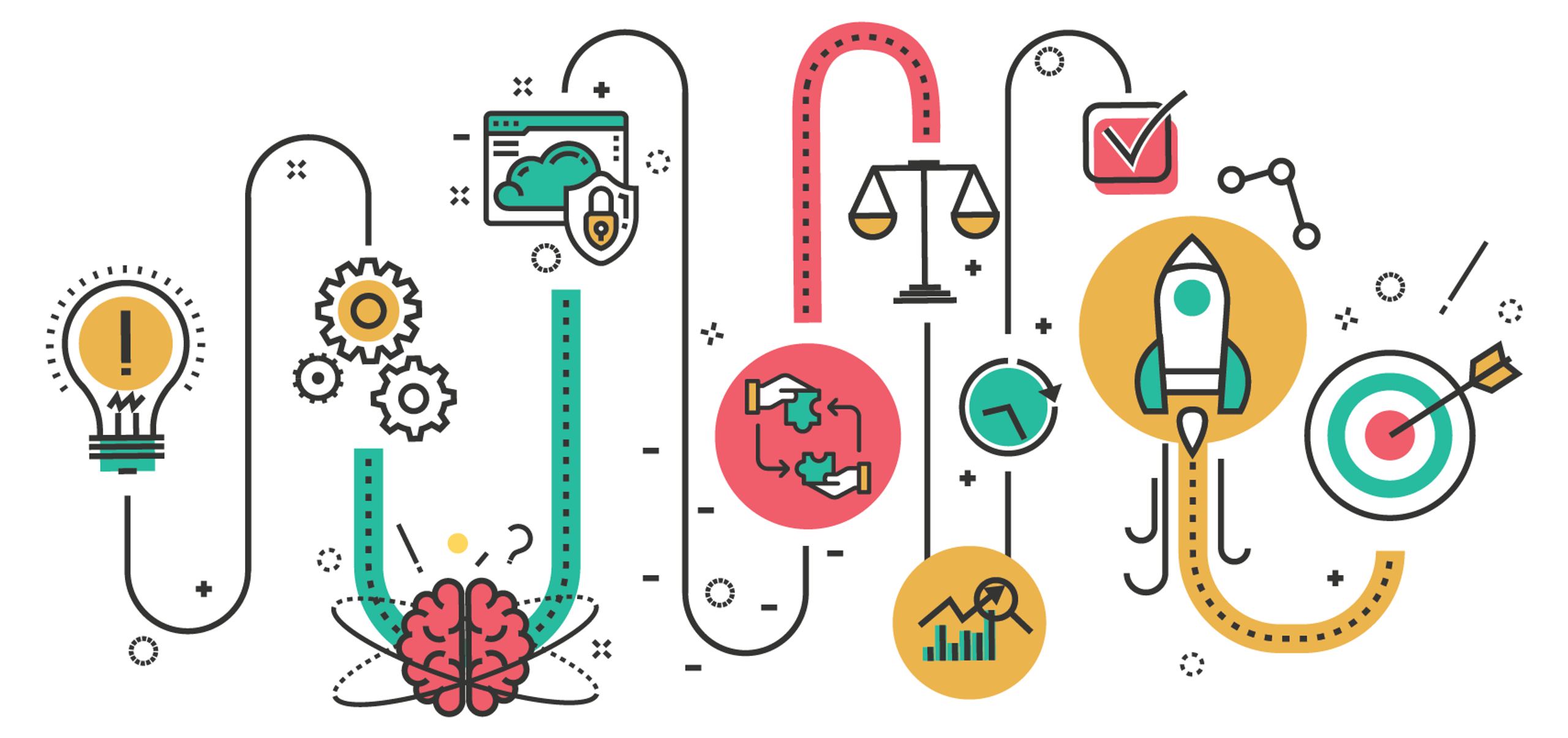
How TRACtion Solves 5 Common Project Management Challenges
January 17, 2025Improvement projects are critical for driving efficiency, quality, and value within organizations. However, they come with unique challenges that can hinder success if not managed effectively.
TRACtion is a cloud-based project management software designed specifically for continuous improvement teams, with project execution at the focus point. It helps organizations prioritize high-impact projects, manage improvement initiatives by tracking KPI performance against organizational goals, and equip teams with Lean Six Sigma tools to increase project completion rates.
Let’s explore five common problems specific to improvement projects and how TRACtion’s tailored features address these pain points.
1. Defining Clear Project Goals and Metrics
Improvement projects can sometimes start with vague objectives, leading to unclear expectations and difficulty in measuring success. A poorly defined problem statement on the project charter can derail the project from the outset by creating ambiguity around scope and priorities.
TRACtion’s AI-enhanced project charter tools include a feedback feature specifically designed to refine problem statements. The AI model analyzes the input and provides actionable suggestions to improve clarity and focus. This ensures that the problem statement is robust, setting the stage for a project with clearly defined goals and a higher chance of success.
A well-defined problem statement is the foundation of a successful project. It clearly articulates the issue being addressed, aligns the team on scope, and sets the direction for measurable outcomes. Without it, teams risk scope creep, misaligned priorities, and unclear success criteria.
2. Sustaining Momentum Over Time
Larger improvement projects can lose momentum due to shifting priorities, lack of visible progress, or dwindling team engagement over time. Keeping all stakeholders motivated and focused on the project's goals can be a significant hurdle.
TRACtion’s milestone tracking and progress visualization tools keep stakeholders engaged by providing clear, frequent updates on achievements. The platform’s automated alerts remind teams of upcoming deadlines and accomplishments, fostering a sense of accountability. Additionally, the ability to celebrate small wins and visualize progress keeps morale high and the team aligned on long-term objectives.
Without sustained momentum, even the best-planned projects can stall, wasting time and resources. Frequent progress checks, visible milestones, and a sense of accomplishment are essential to maintaining team energy and commitment.
3. Managing Cross-Functional Collaboration
Improvement projects often span multiple departments, requiring input and cooperation from diverse teams with competing priorities, different workflows, and unique perspectives. Additionally, teams at different locations frequently work in silos, unaware of solutions already developed elsewhere in the organization. This lack of communication means that one team might unknowingly work to solve a problem that has already been addressed by another, leading to inefficiencies, wasted time, and redundant efforts
TRACtion’s centralized communication and collaboration tools are designed to break down silos and provide a single source of truth. The platform offers a shared space where teams can update, document, and access information in real time. This ensures that solutions developed in one location are visible and accessible to other locations, preventing redundant problem-solving. Its permission-based access ensures the right people have the right information at the right time. By fostering transparency and alignment, TRACtion ensures cross-functional teams can work together seamlessly to achieve their project goals without reinventing the wheel.
Effective cross-functional collaboration is the backbone of improvement projects. It ensures that all relevant expertise is utilized, solutions are shared across locations, and efforts are not duplicated. Without it, projects risk becoming siloed and less impactful.
4. Tracking Financial and Operational Impact
Improvement projects aim to create measurable value, but tracking both financial and operational outcomes can be complex and resource-intensive. Without proper tools, organizations may struggle to quantify the success of their initiatives, leading to missed opportunities to showcase ROI to their leadership and to the wider organization.
TRACtion provides a comprehensive approach to tracking impact through three key areas:
- Financials: Configurable financial tools capture both hard and soft cost savings related to improvements. TRACtion offers quick visuals for stakeholders and detailed data for financial auditors, making it easy to visualize and report the bottom-line benefits of project work.
- Project KPIs: TRACtion allows teams to set specific, measurable metrics for assessing the performance of individual projects. By tracking progress toward these KPIs, team members can ensure projects stay on course to achieve their desired outcomes.
- Global KPIs: For a macro-level view, TRACtion supports Global KPIs to evaluate the overall performance and progress of improvement initiatives across the organization. These visuals provide stakeholders with a concise yet comprehensive snapshot of organizational success.
By combining financial insights, project-level metrics, and organizational KPIs, TRACtion ensures that every aspect of project impact is captured and communicated effectively.
Demonstrating the tangible value of improvement projects is critical for securing ongoing support and resources from leadership. Clear insights into financial and operational impacts also allow organizations to prioritize future initiatives effectively.
5. Ensuring Implementation and Sustainability
Even when improvement projects are completed successfully, teams often struggle with implementing changes and embedding them into the organization’s standard workflows. Over time, without proper follow-up and reinforcement, initial gains can erode, leaving teams back at square one.
TRACtion includes follow-up tools and sustainability checklists to help teams embed changes into daily workflows. Set up automated reminders and periodic review features to ensure that improvements are maintained and adjusted as necessary. By tracking post-implementation metrics, TRACtion helps organizations verify the lasting impact of their projects and sustain long-term success.
Sustaining the benefits of improvement projects is as important as achieving them in the first place. Organizations that fail to implement and maintain changes risk wasting resources and losing trust in continuous improvement efforts.
Why Choose TRACtion for Your Improvement Projects?
TRACtion is more than just a project management tool—it’s a solution designed specifically for continuous improvement teams managing improvement initiatives. By addressing common pain points like goal setting, cross-departmental collaboration, and improvement sustainability, TRACtion empowers teams to deliver impactful results with measurable outcomes.
Ready to take control of your improvement projects? Explore TRACtion and see the difference it can make for your organization.
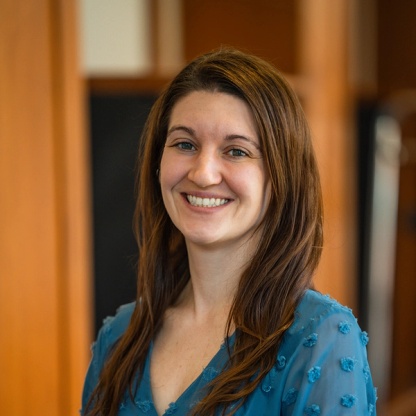
Vice President of Marketing • MoreSteam
Lindsay Van Dyne is responsible for developing and executing MoreSteam’s marketing strategy. She brings a deep understanding of Lean Six Sigma, having served as MoreSteam’s eLearning Product Manager for the company’s comprehensive suite of Yellow, Green, and Black Belt courses. Over the years, she has attended dozens of industry conferences, webinars, and workshops, gaining firsthand insight into the evolving needs of continuous improvement professionals.
Her marketing experience includes technical aspects of search engine optimization (SEO), digital content strategy, lead generation, website development, event management, and partner relationships. Lindsay holds a B.S. in Chemical Engineering from the University of Notre Dame and a B.S. in Computational Physics and Mathematics from Bethel College.

